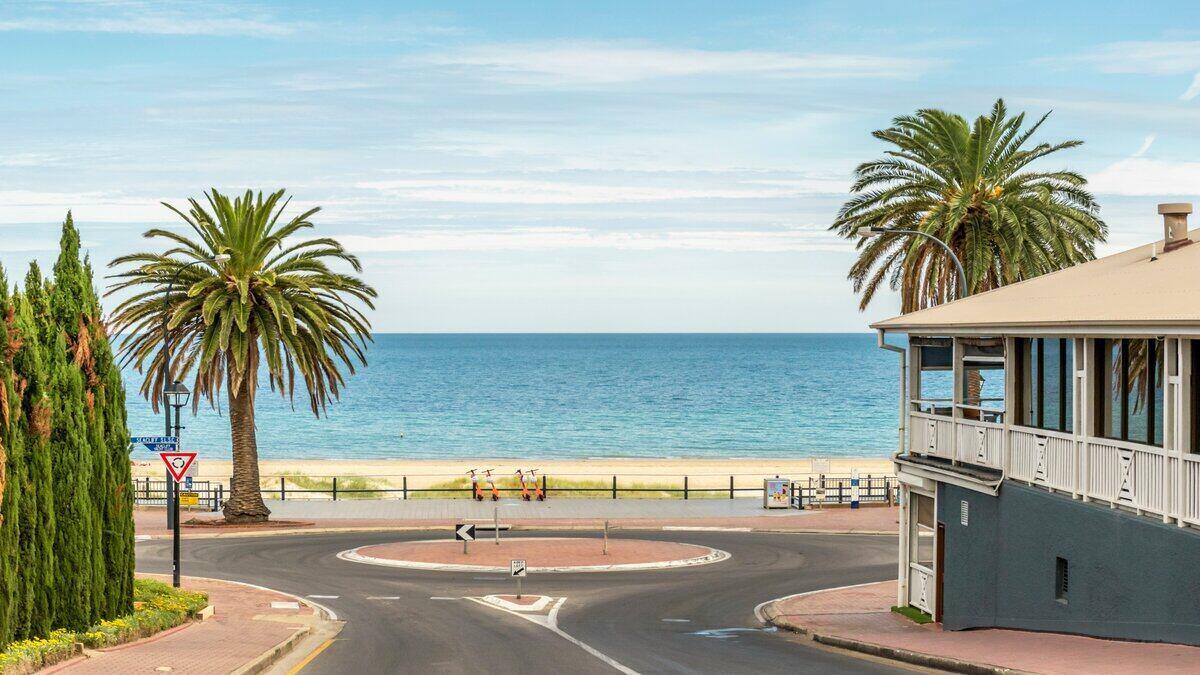March was a historic month for the Reserve Bank (RBA), cutting the cash rate twice to take it to a record low 0.25%, and implementing a quantitative easing program for the first time ever.
But since then the central bank has been relatively quiet, supporting the government's stimulus packages through its bond-buying program, believing fiscal policy will better drive economic recovery than monetary policy.
So will the RBA move today to change the cash rate for the third time this year?
In short, any change seems unlikely: RBA Governor Phillip Lowe fronted the Senate Select Committee on COVID-19 last week and said the economy was tracking better than previously predicted.
"With the national health outcomes better than earlier feared, it is possible that the economic downturn will not be as severe as earlier thought," Dr Lowe said.
"Much depends on how quickly confidence can be restored."
Despite this, a hike in the cash rate seems extraordinarily unlikely given the most recent unemployment figures from the Australian Bureau of Statistics (ABS).
Unemployment rose to just 6.2% in March from 5.2%, a shock given most economists forecast a rise to around 8.3%.
However, almost 600,000 jobs were lost in the month, the most ever, with JobKeeper disguising the extent of the damage to unemployment.
Dr Lowe has repeatedly stated the cash rate would not be raised until progress towards full employment was reached, which he revised from 4.5% to 5% last week, due to the impact of COVID-19.
"We know from previous sharp economic downturns there will be scarring in the labour market," he said.
"We want to reduce the amount of scarring. I think the estimate of full employment starts rising again to 5%."
NAB economists said monetary policy was needed to support fiscal policy, but this wouldn't come in the form of a cash rate change, with Westpac and CommBank economists in agreement
"The cash rate is also unlikely to see further reductions with negative rates ruled out by Governor Lowe and the RBA focus now firmly on end-user rates via the yield curve target, as well as ensuring sufficient liquidity in bond markets and the free flow of credit to households and business," NAB said.
But could we see a cash rate cut?
Again, it is very unlikely we will see a cash rate cut, as Dr Lowe has repeatedly stated the cash rate is at its floor at 0.25% and the RBA did not have an appetite for negative interest rates.
"I think negative interest rates are extraordinarily unlikely," Dr Lowe told the Senate Committee last week.
"I don't think negative interest rates work. The package we have so far is working. If we had to do more we could buy more government bonds."
However, due to the RBA's bond-buying program, the actual cash rate is around 0.12%, despite the official rate sitting at 0.25%.
And in recent weeks there have been increasingly louder calls to take the cash rate negative.
Westpac economist Bill Evans said negative rates would help lenders cut their home loan rates and help the economy by enabling businesses and mortgage holders to borrow at extremely low cost.
"A serious case can be made for the RBA to consider further cuts and entering negative territory for the cash rate if it becomes apparent that the economy is deteriorating even more than is currently expected," Mr Evans said.
"A small open economy with significant foreign liabilities would certainly see a substantial improvement in the competitiveness of the currency with further rate cuts when other major markets are anchored at their effective lower bounds."

Ready, Set, Buy!
Learn everything you need to know about buying property – from choosing the right property and home loan, to the purchasing process, tips to save money and more!
With bonus Q&A sheet and Crossword!



 Denise Raward
Denise Raward
 Harry O'Sullivan
Harry O'Sullivan
 Bea Garcia
Bea Garcia
 Harrison Astbury
Harrison Astbury


